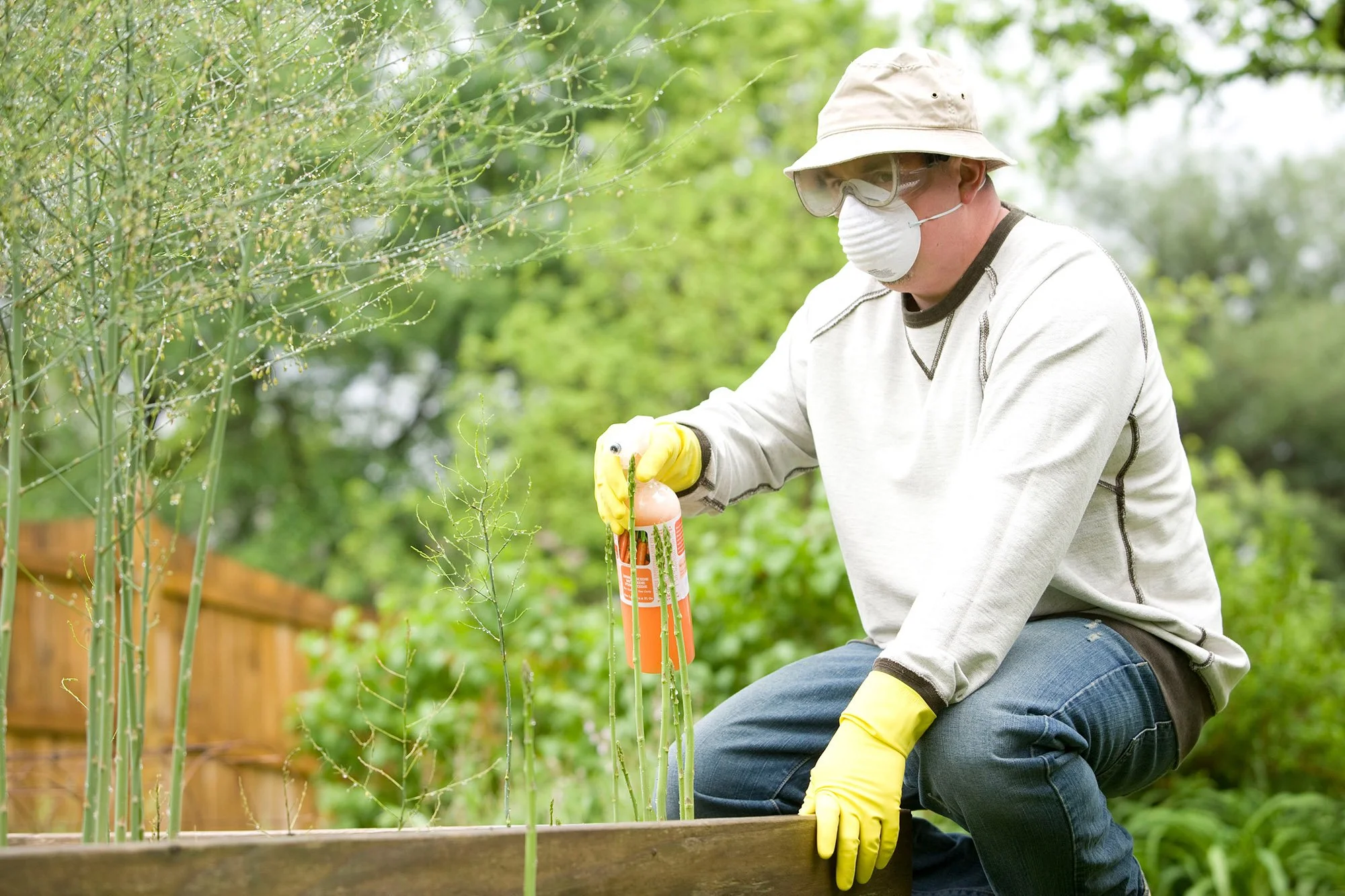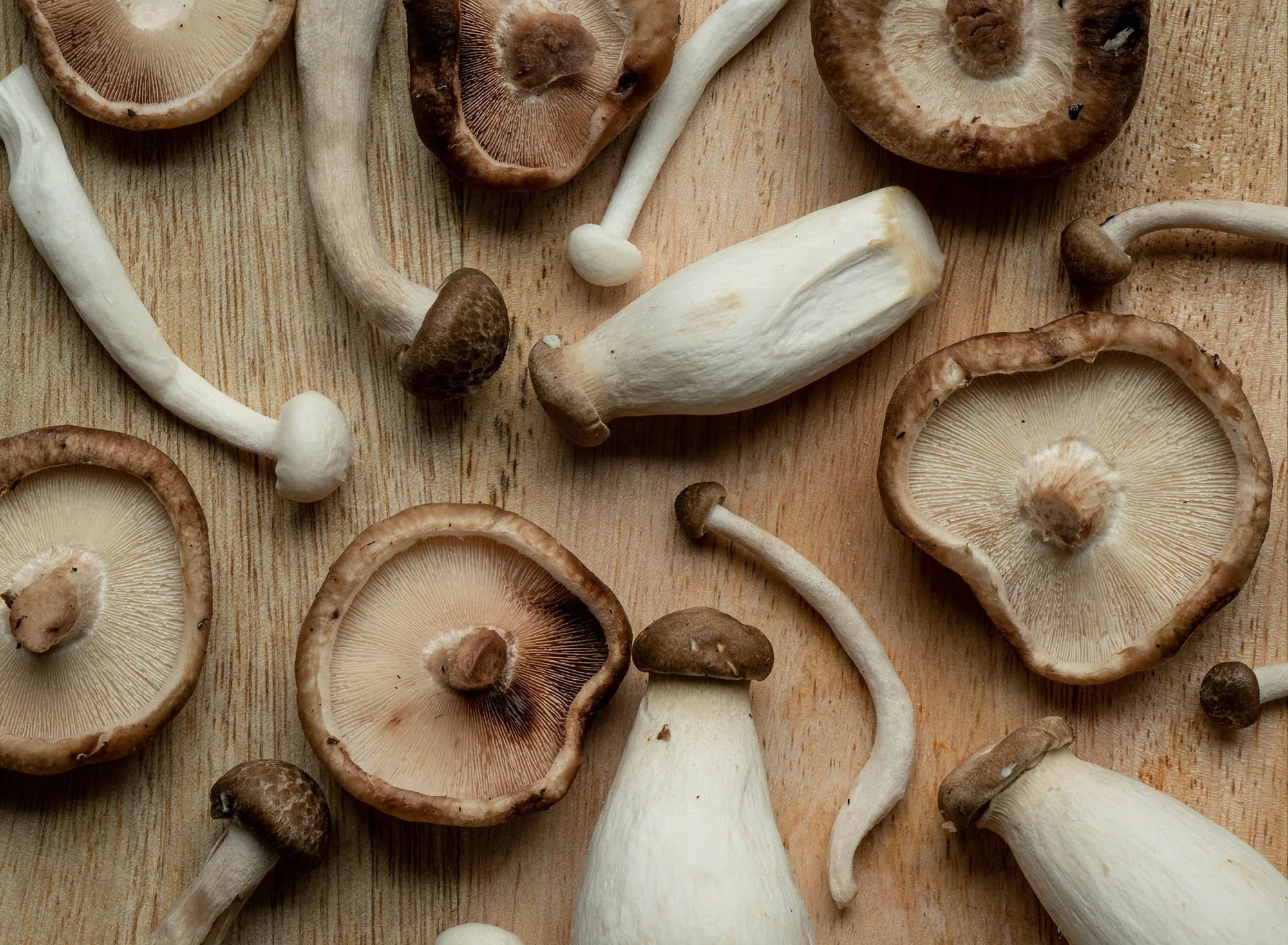Arsenic - Heavy Metals
Exposure to arsenic comes mainly from the ingestion in food and, to a lesser extent, water that contains arsenic. Children are further exposed to arsenic from soil and dust through hand-to-mouth exposure.
Arsenic is released into the atmosphere during smelting of lead and copper and the burning of coal, which contains various amounts of arsenic. This arsenic falls back to the soil, where much of it is washed off with rain and enters waterways and groundwater. Shellfish and certain fish will accumulate this arsenic and convert it to an organic form such as arsenobetaine that is believed to be much less toxic.
Arsenic has been used in construction to preserve wood. Pressure treated wood (copper chromium arsenate or CCA) has been banned in residential use since 2003.
It is still used industrially, however, and old CCA wood may still be present in playgrounds and decks. Arsenic that seeped from these treated wood products can contaminate the soil for years, even after the treated wood has been removed.
Arsenic-containing pesticides are liberally sprayed on cotton fields and, in fact, cotton production accounts for 25% of the world’s use of pesticides. With the transfer of most clothing production to foreign countries, many of America’s cotton fields have been converted to the production of food crops. Arsenic from this contaminated soil has now entered our food chain.
Fruit is another source of arsenic. Lead arsenate was sprayed on orchards and fruit fields for many decades before it was banned in 1988, but residues of lead and arsenic remain in those soils to this day.
Unfortunately, other forms of arsenic pesticides are still in use today both in this country and around the world. Apples and grapes, and especially the juices of these fruits, sometimes have high levels of arsenic. In general, apples and grapes grown organically are lower in arsenic and other heavy metals. As always, it is better to choose organic produce whenever possible.
Since rice is grown in water-drenched paddies, arsenic contamination of ground water can result in high levels of arsenic in rice. Because both healthy minerals and toxic metals accumulate in the hull, brown rice is typically higher in arsenic than white rice. Thoroughly rinsing rice in water can significantly decrease the amount of arsenic that is consumed.
Mushrooms accumulate arsenic from the soil and may therefore be high in arsenic.
The normal levels of arsenic in wild mushrooms are usually less than 1 mg/kg dw (Kalač, 2009). However, there are notable exceptions; for example, measured values of As between 4 and 146 mg/kg dw and even extreme levels of 1420 mg/kg dw in polluted areas have been reported for Laccaria amethystina.
Arsenic can affect pregnant women and unborn children in many ways.
Arsenic exposure has been associated with lower IQs, learning disabilities, kidney disease, and gastrointestinal irritation. It also increases the risk of skin, kidney, bladder, colon, and lung cancer. Children may be exposed to higher levels of arsenic than adults because their diet often includes more rice, apples, and chicken.
References
CC Marcin Barański, et. al. Higher antioxidant and lower cadmium concentrations and lower incidence of pesticide residues in organically grown crops: a systematic literature review and meta-analyses. British Journal of Nutrition, published online: 26 June 2014 available on CJO2014. doi:10.1017/S0007114514001366.



